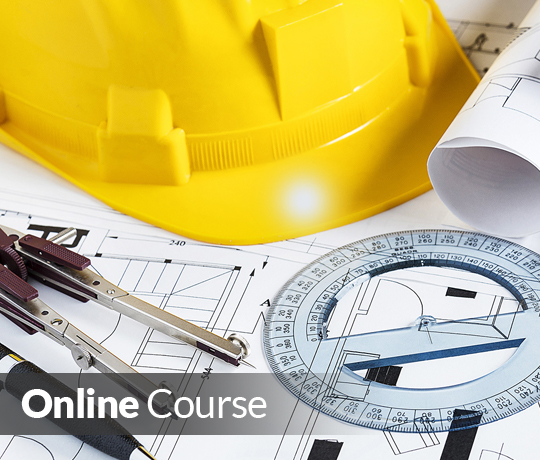Online Course
Stay up to date on the latest changes...

Characteristics of Successful Roundabout Projects
$69.95
$69.95
- SKU : MR1260
- OUR PRICE : $69.95
- CREDIT HOURS : 4
|
Characteristics of Successful Roundabout Projects |
|||||||||||||||||||||||
|
COURSE CONTENT
In this online engineering PDH course, some characteristics of successful roundabout projects are identified.
Roundabouts, which are simply modern versions of their primitive ancestors— traffic circles and rotaries—have safety, environmental, and cost-saving features superior to those of traditional intersections. But implementing roundabout projects sometimes proves difficult, and it would be useful to know what makes for a successful roundabout project. Of course, all successful construction projects share some obvious characteristics: designers, contractors, tradespeople, suppliers and a host of other people must execute their jobs well if success is to be achieved. But the present course focuses on identifying characteristics that are especially important for achieving successful roundabout projects. The process of identification will include a detailed discussion of the advantages roundabouts offer over traditional intersections and a review of roundabout projects that the U.S. Department of Transportation considered worthy of mention.
LEARNING OBJECTIVES
This course teaches the following specific knowledge and skills:
• Understanding the advantages of roundabouts over traditional intersections in improved safety, reduced congestion, reduced pollution and fuel use, and reduced expenditure on equipment and maintenance
• Exercising outreach to key stakeholders
• Using effective print and web outreach
• Creating public engagement
• Employing an expert-on-hand
• Demonstrating how trucks can be accommodated
• Showing how pedestrians and bicycles can be accommodated
• Using mock drivable roundabouts
• Employing public involvement
• Employing roundabout rodeos
This course is intended for civil and transportation engineers interested in promoting the use of roundabouts.
|
|||||||||||||||||||||||
|
|||||||||||||||||||||||
|
|||||||||||||||||||||||
|
|||||||||||||||||||||||







0 Comments